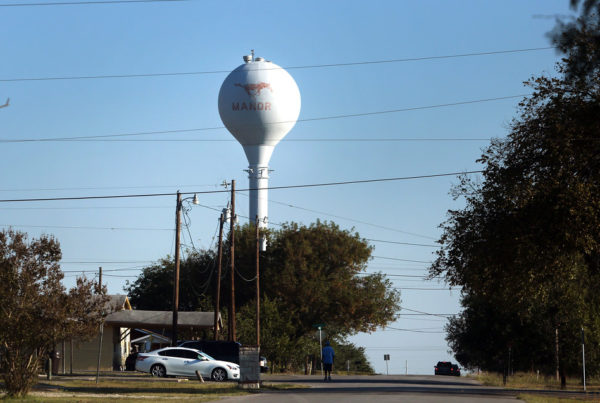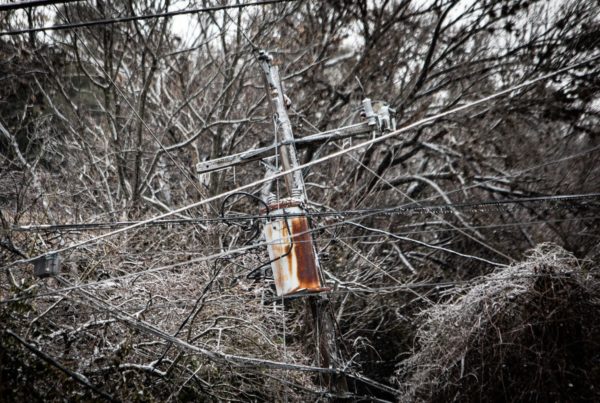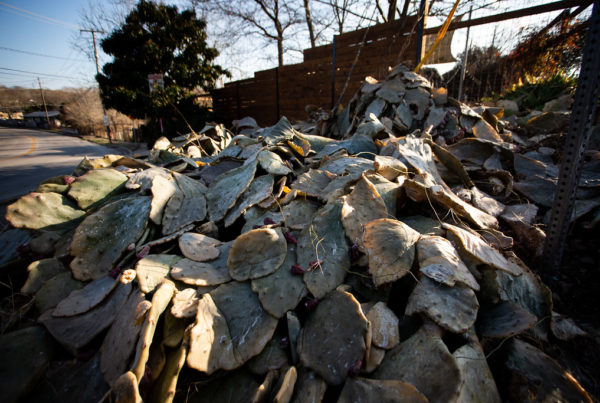Millions of years back, dinosaurs met their end when a massive asteroid collided with the Earth. That’s common knowledge, right? Well, up until recently, there was no way to know for certain. Now, researchers have definitively linked the extinction of dinosaurs with an asteroid impact 66 million years ago.
That’s thanks in part to the work of Sean Gulick, research professor at the University of Texas at Austin’s Jackson School of Geosciences.
Analyzing the crater thought responsible for dinosaur extinction
The crater in question is the Chicxulub crater. It’s located partially underwater in the Yucatan Peninsula. Scientists discovered it and linked it to dinosaur extinction in the late 1980s and early 90s. Gulick was part of a team in 2016 that gathered rock core from the crater.
“However, there was always these doubts out there about how can you be absolutely certain that this extremely large impact in Mexico exactly correlates in time with the extinction event, which is mapped sort of globally? You know, there’s over 50 sites where we can see the rocks from exactly the end of the Cretaceous transitioning into the Paleogene. And they’re separated by a layer that has an enrichment from an asteroid, basically an enrichment in metals, particularly the metal iridium. And so that was always this question. Could you tie that back to this major structure in Mexico?”
How the team made the definitive connection
Scientists long agreed that an impact the size of the Chicxulub crater could cause major problems on Earth.
“It releases huge amounts of carbonate dust. It releases huge amounts of sulfur and so on, creating a haze around the planet that plummeted temperatures, crashed the food web, and caused the extinction.”
However, Gulick says there were people who disagreed exactly when the crater hit Earth.
“And so the only way to really link what we could tell was a good reason for the extinction to happen and the exact timing was to basically find this layer, this this sort of fingerprint of the extinction event, this metal-rich layer full of iridium in the crater. And that’s indeed what we were able to do with this expedition. But it took four years now or almost five to have done the lab work to prove it.”
What Gulick and others are looking for next
Gulick wants to go back and get more samples from the crater – including the center part of crater. He thinks there might be more to learn from the layers of rock and metal.















